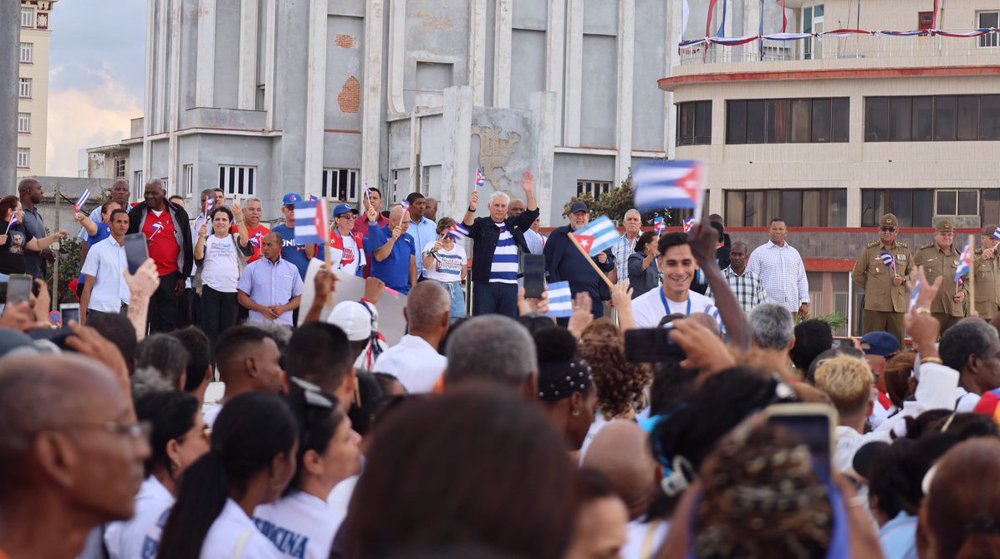Chinese giant ship first to pass through expanded Panama Canal
A gigantic Chinese ship hauling a staggering number of 9,472 containers has become the first vessel to officially pass through the expanded Panama Canal.
Thousands of people gathered on Sunday to watch the Cosco Shipping Panama enter the canal from the Atlantic on its way to the Pacific.
The $5.2-billion project for the new 77-km lane began in 2007 and was initially scheduled to end in 2014, but strikes and cost disputes delayed its opening.

The canal was first used in 1914 and was designed by the US, and was handed over to Panama in 1999.
The expansion grants newer and larger conditioner ships transit through the isthmus.
“We knew that if we did not embark on this project, the quality and span of our services ran the risk of deteriorating, impacting shippers, customers and our country alike,” said the Panama Canal Authority’s chief executive, Jorge Quijano, on Saturday. “The expansion will open new trade routes."

According to projections, the expansion will increase the canal’s already existing revenues which in 2015 were reported as around $2.6 billion.
“All this adds up to additional commercial flexibility and lower cost, which is what our customers want,” Quijano added.
Several US officials have cautioned Panama that the expansion will translate into increased chances for drug cartels to smuggle more drugs and contraband through the isthmus.
“Let us not forget that with the positive elements that come from this expansion of the canal, there are also some dangers as well,” said assistant secretary of State for international narcotics and law enforcement affairs, William Brownfield.
“The fact that a ship can now carry up to three times as much cargo as it transits the canal means that the professional trafficking organizations — trans-national criminal organizations — have that much more space, that much more possibility, to move product through the canal,” he said.
“We’ve got to make sure as we celebrate … that we remember we still have a challenge in terms of law enforcement and security,” he added.
VIDEO | Yemeni forces repel US-British attack, down F-18 Jet
Iran’s capabilities vast; enemy’s ‘maximum pressure’ policies all failed miserably: Senior official
Iran’s economy grew 2.7% y/y in Sep quarter: CBI
VIDEO | Freelancers in Gaza strive to stay online amid genocide
Mikati demands Israel's withdrawal from south Lebanon
Yemeni army strikes Israeli military sites with drones
‘Clock ticking’: UNRWA slams unjustifiable killing of children in Gaza
BP to be sued in Britain for supplying oil to Israel










 This makes it easy to access the Press TV website
This makes it easy to access the Press TV website